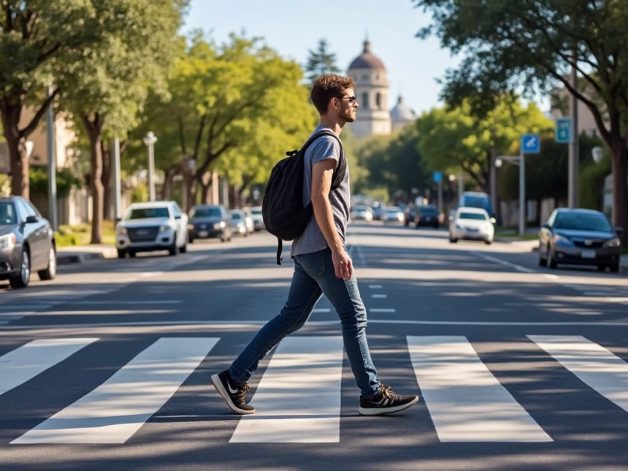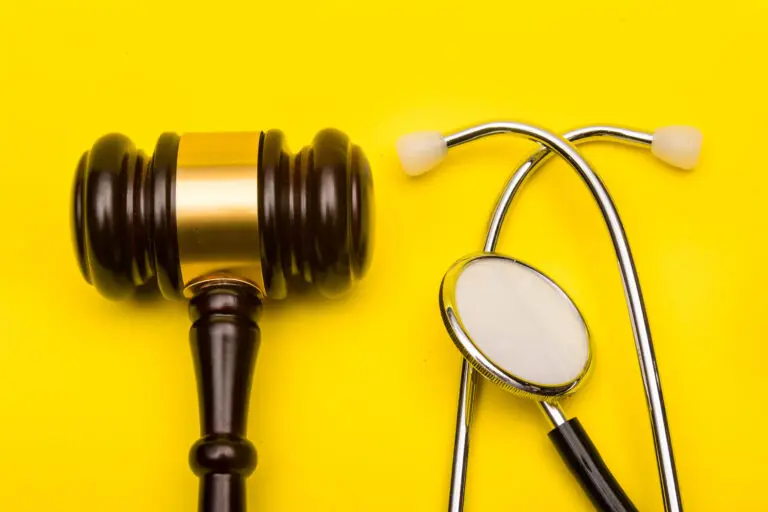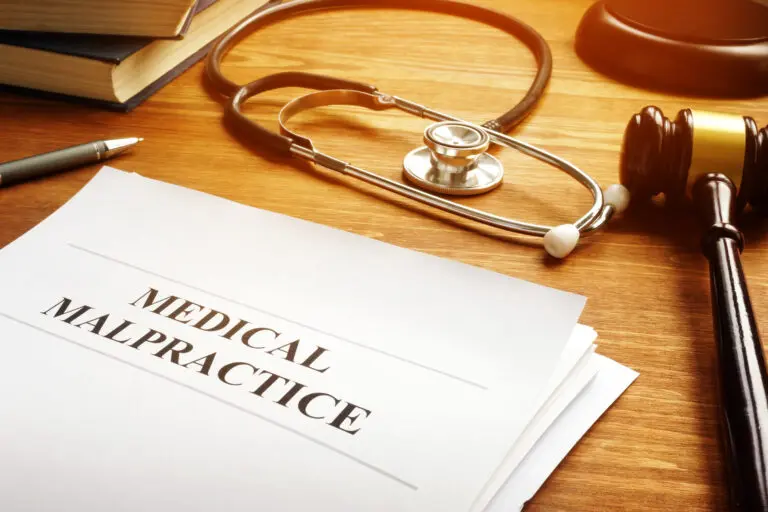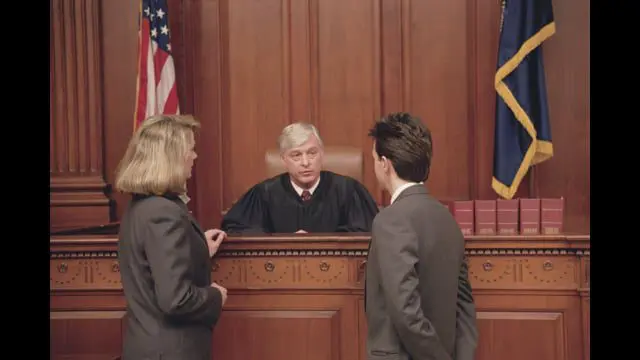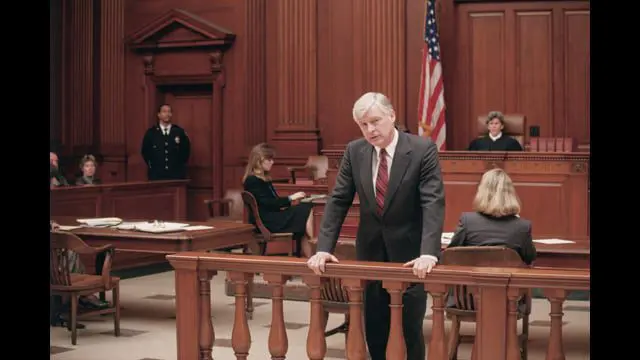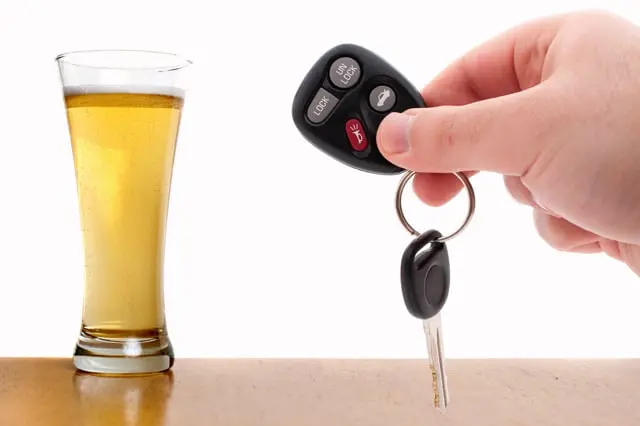Walking on the streets of California can be a pleasant experience, whether you’re navigating urban intersections or taking a stroll in a quiet neighborhood. However, as a pedestrian, you share the road with vehicles, cyclists, and other pedestrians, making it essential to understand your legal duty to avoid accidents. In California, pedestrians have rights, but they also bear responsibilities to ensure their own safety and that of others. With busy roads, crosswalks, and ever-evolving traffic conditions, understanding your role as a pedestrian can prevent tragic accidents and costly legal battles.
This article delves into the legal responsibilities of pedestrians in California, how they can protect themselves, and the steps they must take to minimize their risk of accidents. We’ll also explore related legal considerations and how failing to fulfill these duties can lead to complex legal consequences.
The Legal Responsibilities of Pedestrians in California
In California, pedestrians are expected to follow traffic laws that are designed to promote safety for everyone on the road. These rules are not just suggestions; they form a crucial part of the California Vehicle Code. Violating these laws could result in not only injuries but also legal liabilities. Pedestrians must understand their duty to avoid accidents, especially when crossing streets, walking along highways, or interacting with vehicles in busy intersections.
The Duty to Use Designated Crosswalks
One of the most fundamental duties of pedestrians in California is to cross streets using designated crosswalks. Crosswalks are typically placed at intersections to give pedestrians a safe, designated space to cross the road. Even in cases where the crosswalk is unmarked, pedestrians have the legal right of way, but only when it’s safe to cross. Pedestrians are still expected to remain vigilant and ensure no cars are approaching before stepping into the street.
The importance of using crosswalks cannot be overstated, especially in urban areas where traffic is heavy. By adhering to these rules, pedestrians can avoid being hit by a vehicle and reduce their chances of being deemed at fault in an accident. Failing to use a crosswalk, or jaywalking, can result in legal consequences, including fines or shared liability for an accident. Pedestrians who do not use crosswalks may find themselves unable to recover compensación in case of an accident.
Obeying Traffic Signals
Another key duty that pedestrians have is obeying traffic signals. This includes waiting for the “walk” signal at intersections and refraining from crossing when the light is red or when there’s a “do not walk” sign. Crossing against a light not only puts pedestrians at risk of an accident but also violates California’s traffic laws.
In California, intersections often have specific signals that dictate when pedestrians can cross. Failing to follow these signals can lead to dangerous interactions with vehicles, particularly in busy areas where cars are moving quickly. If a pedestrian is hit by a vehicle while crossing against a signal, they may be found partially or fully at fault for the accident, depending on the circumstances.
Pedestrians must also remain aware of their surroundings and avoid distractions like using mobile phones while crossing the street. Distracted walking can impair judgment and slow down reaction times, leading to potentially dangerous situations. Staying focused and adhering to traffic signals plays a significant role in avoiding accidents.
Contributory Negligence in Pedestrian Accidents
Pedestrians may have the right of way in many situations, but they are not immune from being found at fault in an accident. In California, contributory negligence can impact the outcome of a personal injury claim if both the pedestrian and driver share responsibility for the accident. This legal concept refers to the idea that if a pedestrian’s actions contributed to the accident, their ability to recover damages may be reduced proportionately.
For instance, if a pedestrian steps into the street outside of a designated crosswalk or crosses against a red light, they may be found partially responsible for any injuries sustained in an accident. In such cases, the pedestrian’s legal duty to avoid accidents was not upheld, which could result in a reduction in compensation. If a court finds that the pedestrian was 30% responsible for the accident, their potential damages could be reduced by that percentage.
Comprender contributory negligence is essential for pedestrians who are involved in an accident. Even if a driver is at fault, failing to uphold your own responsibilities as a pedestrian could complicate your claim. Legal consultation after a pedestrian accident is critical to navigate these issues and understand how fault is determined.
Pedestrian Rights on the Road
While pedestrians have duties to uphold, they also have important rights when walking on the streets of California. Drivers are required by law to exercise due care to avoid collisions with pedestrians. This duty includes slowing down at crosswalks and yielding the right of way when pedestrians are lawfully crossing. Failing to do so can result in significant legal consequences for drivers, especially if a pedestrian is injured.
Right of Way at Crosswalks
Pedestrians almost always have the right of way at crosswalks, whether they are marked or unmarked. California law requires vehicles to stop and allow pedestrians to cross the road. However, pedestrians should never assume that drivers will automatically yield, especially in areas where traffic is fast-moving. While drivers have a responsibility to slow down and yield, pedestrians should still remain cautious and ensure that the road is clear before stepping into the crosswalk.
The Duty of Care for Drivers
In addition to yielding at crosswalks, drivers in California have a duty of care to avoid pedestrian accidents. This means that drivers must take proactive steps to avoid harming pedestrians, such as driving at a safe speed, obeying traffic signals, and watching for pedestrians, especially in residential or school zones.
Pedestrians should be aware of their rights, and if they are struck by a vehicle despite following all traffic rules, they may be entitled to compensation. Personal injury lawyers can help injured pedestrians recover damages for medical expenses, lost wages, and pain and suffering. Pedestrians who understand their derechos legales are better equipped to navigate the complexities of post-accident legal proceedings.
Avoiding Common Pedestrian Accident Scenarios
Some of the most common scenarios where pedestrians are injured involve factors such as poor visibility, distractions, and non-compliance with traffic laws. Pedestrians can reduce their risk of accidents by being proactive in their safety measures.
Visibility and Safety
One of the leading causes of pedestrian accidents is poor visibility. Many pedestrian accidents occur at night or in low-light conditions, when drivers may not see pedestrians in time to avoid a collision. Wearing reflective clothing and carrying a flashlight when walking at night can help make pedestrians more visible to drivers. Even during the day, bright-colored clothing can enhance visibility and help drivers spot pedestrians from a distance.
Additionally, pedestrians should avoid crossing the street from between parked cars or other obstacles that may block a driver’s view. Ensuring that drivers have a clear line of sight is crucial to preventing accidents. Using crosswalks and making eye contact with drivers before crossing can also enhance pedestrian safety.
Avoiding Distractions
Distractions are a significant contributor to pedestrian accidents. Just as drivers must avoid distractions like texting or using a phone while driving, pedestrians should also avoid distractions while walking near traffic. Using a smartphone while crossing the street can impair judgment and reaction time, increasing the risk of an accident. Pedestrians should stay alert and aware of their surroundings at all times.
Legal Consequences of Failing to Uphold Pedestrian Duties
When pedestrians fail to uphold their obligaciones legales to avoid accidents, the consequences can be both physical and legal. Not only can a failure to follow traffic laws lead to severe injury, but it can also impact the pedestrian’s ability to recover compensation for their injuries.
Financial Compensation and Liability
If a pedestrian is injured in an accident where they were partially at fault, the amount of compensation they can recover may be reduced under California’s negligencia comparativa rule. This rule allows for compensation to be divided based on the percentage of fault assigned to each party. For instance, if a pedestrian is found to be 25% at fault for crossing outside of a crosswalk and is injured in an accident, their compensation will be reduced by 25%.
Pedestrians who are injured in accidents should seek legal representation as soon as possible to ensure that their rights are protected and to help establish that they upheld their duty to avoid accidents.
Criminal Charges for Jaywalking
In some cases, pedestrians may face fines or even criminal charges for violating traffic laws. Jaywalking, or crossing the street outside of a crosswalk, is illegal in many parts of California and can result in fines. In cases where jaywalking leads to an accident, pedestrians may face additional legal consequences, including a reduced ability to recover damages in a personal injury claim.
Understanding the full scope of legal responsibilities and potential penalties is essential for pedestrians in California. By following traffic laws and remaining vigilant, pedestrians can significantly reduce their risk of being involved in an accident.
Conclusión
Pedestrians in California have a clear legal duty to avoid accidents by following traffic laws, using crosswalks, and staying alert. By upholding these duties, pedestrians not only protect their own safety but also reduce the risk of legal consequences in the event of an accident. Failing to adhere to these responsibilities can result in shared liability, reduced compensation, or even fines and criminal charges.
Pedestrians have both rights and responsibilities on the road, and understanding these duties is essential to staying safe while walking in California. From obeying traffic signals to ensuring visibility, pedestrians who take proactive steps to avoid accidents are better positioned to navigate California’s bustling streets without incident. Moreover, seeking asesoramiento jurídico after a pedestrian accident can help individuals understand their rights and protect their ability to recover damages.
By staying informed about pedestrian laws y safety practices, individuals can ensure a safer experience for both themselves and the drivers they share the road with.

